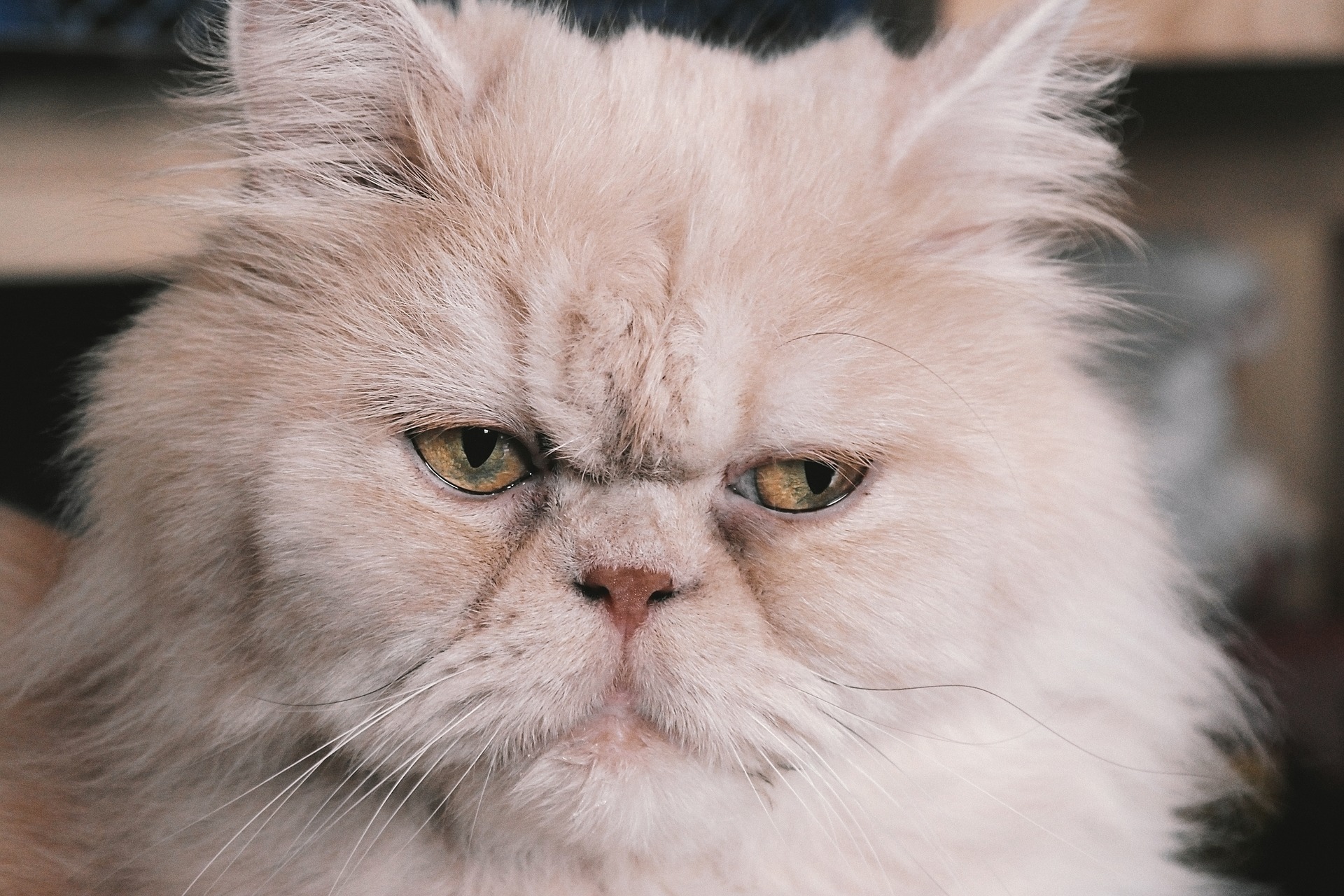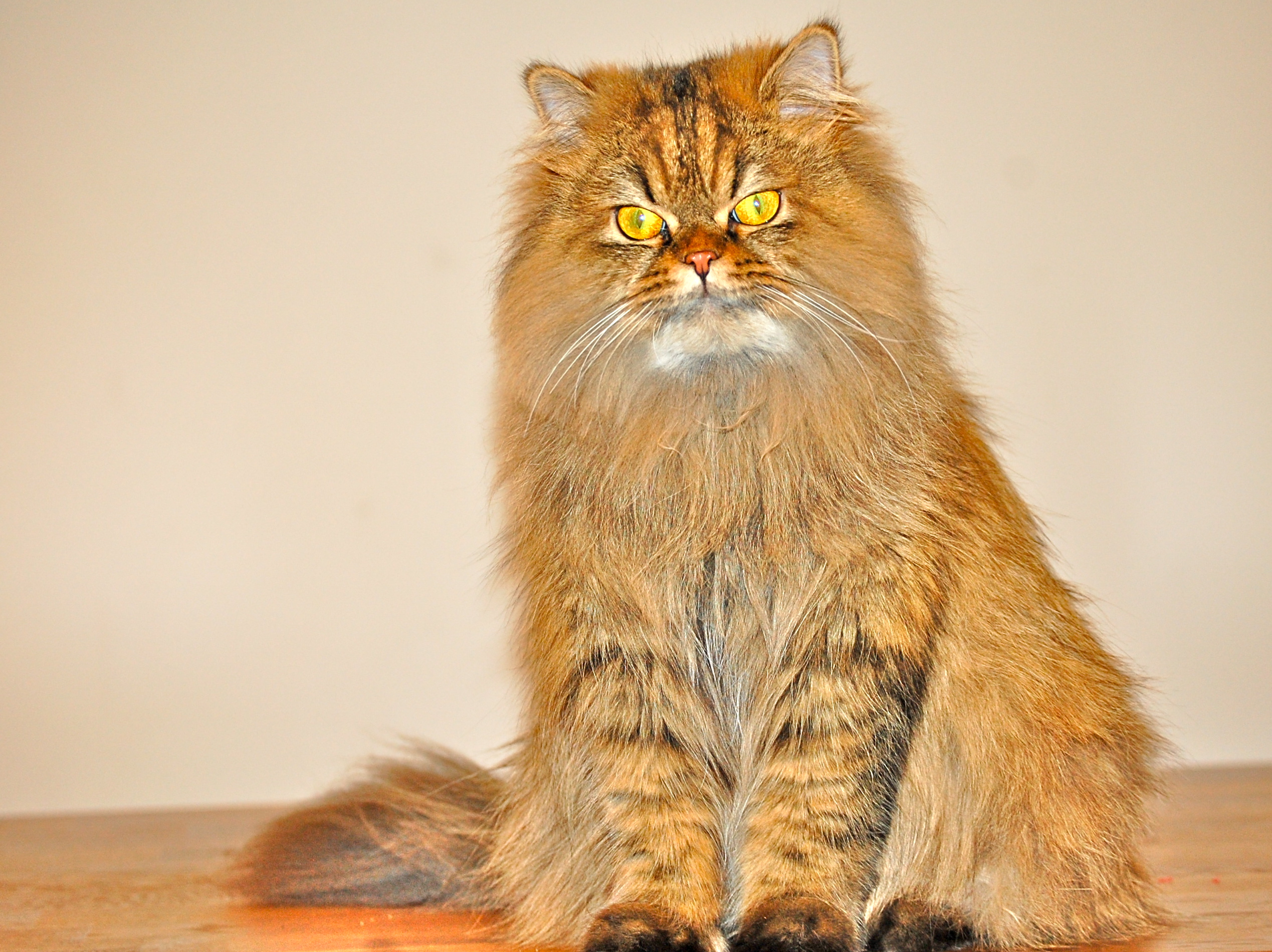
These all have orange or copper eyes, with the exception of the white which can have orange/copper/blue eyes, or be odd-eyed (one orange and one blue eye).
#Perian cat full#
When in full coat, during the colder months, a full frill will frame the face and cover the shoulders, continuing into a deep frill between the front legs. Their crowning glory is its long, thick coat, which is fine and soft in texture. To balance this rounded shape, the tail is short and well furnished, in proportion with the body. The legs are thick and the paws large and round. The cheeks should be round and full, and the muzzle wide and the chin firm.Ī short, thick neck leads to a short, cobby shaped body, low on the legs, with a broad chest, shoulders, and rump.
#Perian cat free#
The nose break should be wide and the nose leather fully formed with open nostrils, allowing free passage of air. The nose is short and broad with a definite stop. The large round eyes are set wide apart lending a sweet, open expression to the face. The ears are small and round tipped, fitting into the rounded contours of the head, with long furnishings. The head is round with a broad skull, which should be smooth to the touch without depressions or protrusions. The Persian is a medium to large-sized cat, heavily boned.

Illustrations of the time show that it was rounder headed and shorter faced than a domestic cat, but had larger ears and was longer nosed than the modern Persian, which is the result of selective breeding over decades.

If you could get into a time machine and travel back to that day in south London and visit the show (which I would love to do!), it is doubtful that you would recognise the Persian of Victorian times as the same cat that appears at today’s cat shows. Whatever the historical ancestry of the breed, Persian longhair cats were exhibited at the first ever cat show held at the Crystal Palace on J(this year is the 150th anniversary of this event).

However, recent genetic research indicates that today’s Persian is related to cats from Western Europe rather than the Near East. Often considered to be the most glamorous of all the pedigree cat breeds, the beautiful Persian was said to have originated from cats imported into Italy from Iran in around 1620 by the Italian composer and author, Pietro della Valle, and into France at about the same time from Ankara, Turkey by the French astronomer, Nicholas-Claude Fabri de Peiresc.


 0 kommentar(er)
0 kommentar(er)
